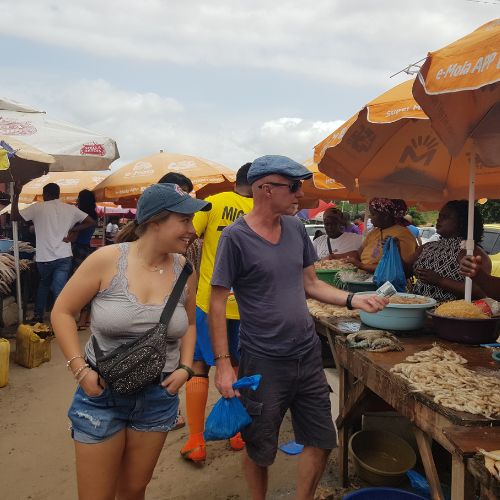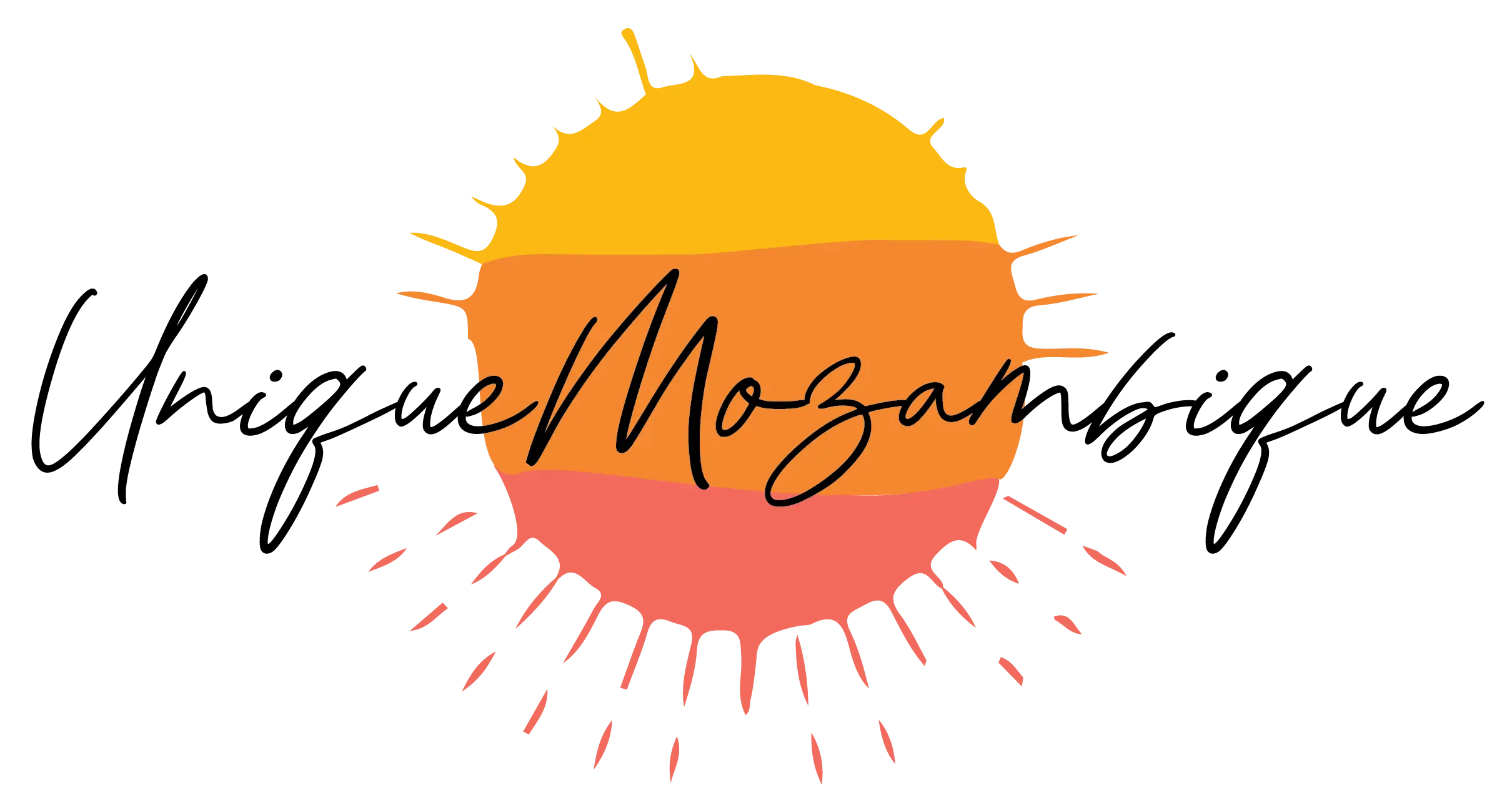What to do in Mozambique?
Mozambique is best known for its beautiful untouched beaches, romantic island getaways, a warm, dazzling turquoise Indian Ocean, swaying coconut palms, and its fresh fish, lobster and shrimps.
Mozambique is so much more than just beach
But Mozambique is so much more than just a beach destination. In short, what can you do here ? Here’s part II of the best things to do in Mozambique!
1. Visit the local market by tuk tuk and drink coconut water
You’ll most probably know tuk tuk’s from Asia and touristy areas in Europe like Lisbon. However here in Mozambique – along with noisy Chinese motorbikes – they also became a very popular form of local transport in recent years.
Book a local tour by tuk tuk and learn more about the history of Vilanculos or another city like Inhambane or Beira. It’s a super fun way to experience and learn about the local culture. It is always nice and inspiring to visit the local market and get a glimpse of real local life in Mozambique. Buy a coconut and get it cut for you – coconut water is super tasty and healthy too! Grated coconut is an indispensable ingredient in Mozambican cuisine.

2. Prepare the Mozambican speciality matapa with a local family
Matapa is a popular dish in Mozambique and is made from the leaves of the cassava – also called yuca, or tapioca. It’s prepared like a curry, with coconut milk, peanuts, garlic and onion. Cassava leaves contain many vitamins and you can taste matapa anywhere in Mozambique. I myself make smoothies in the morning with banana, lemon and taro – another popular tropical root in Mozambique, which is high in calcium, iron, magnesium and potassium, the latter being an essential mineral for your body.
Learn how to make matapa with a local family or try it at a local restaurant. Local and delicious and a literally enriching experience!
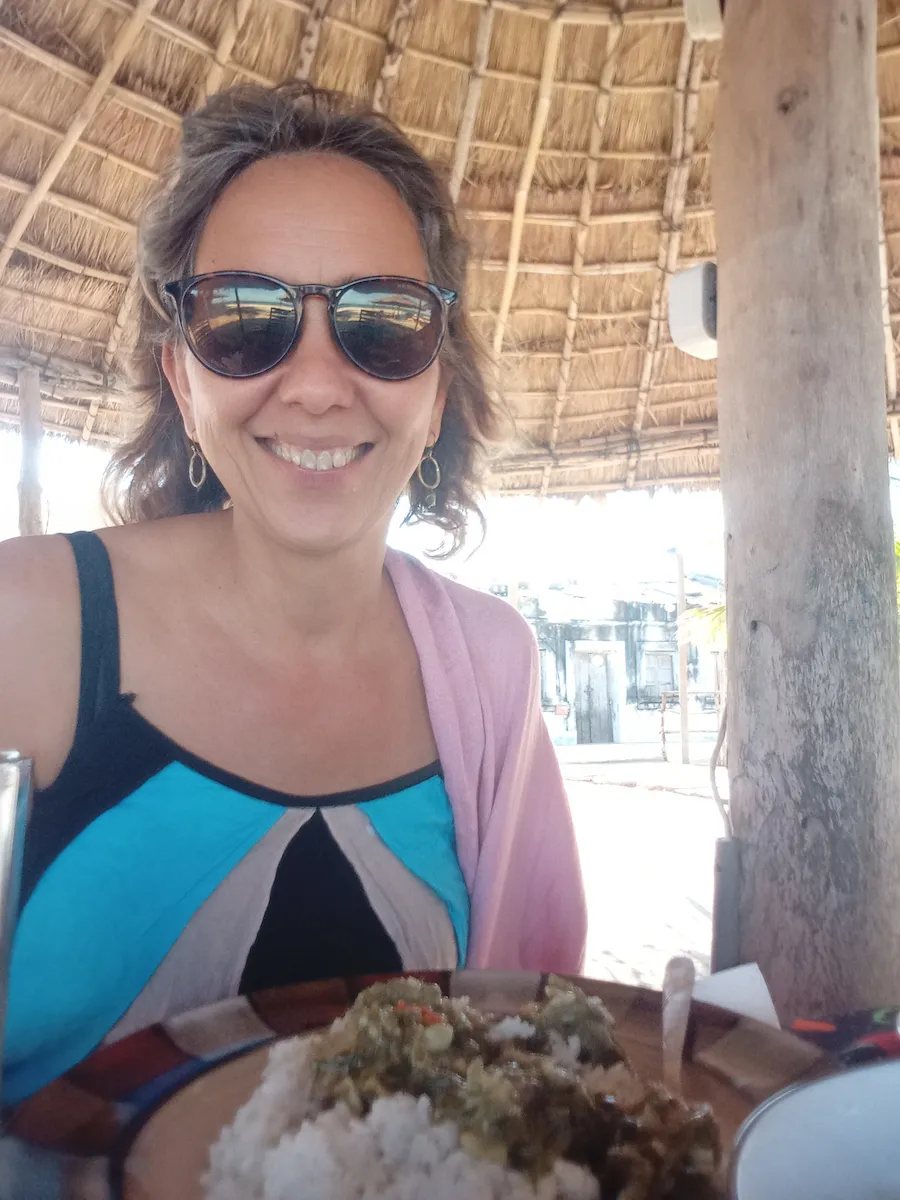
3. Kitesurfing in Mozambique
Cape Town and Zanzibar are known as top kitesurfing spots but did you know Mozambique is also great for taking to the wind and the waves? It’s a popular activity especially on Tofo Beach and here in Vilanculos, where good winds will – in between local sailing dhows – whizz you across Vilanculos bay straight to the islands of the idyllic Bazaruto Archipelago. How unique is that!
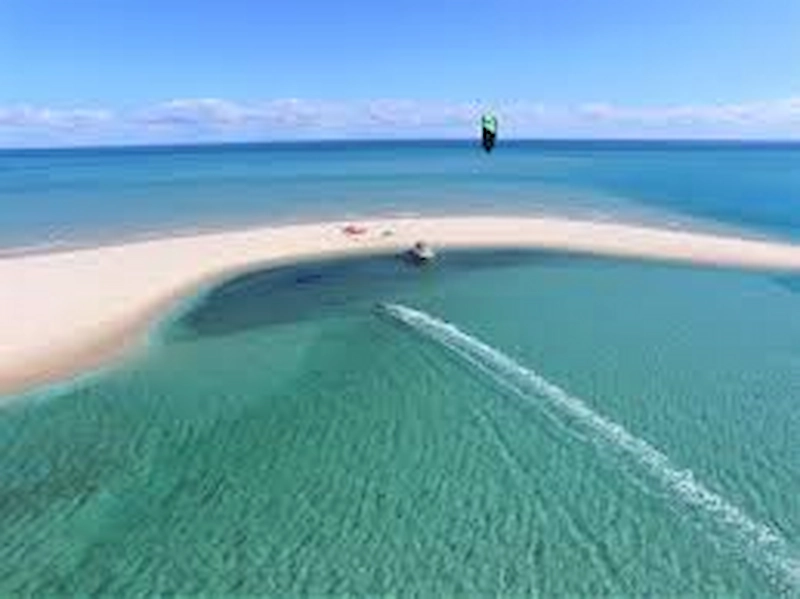
4. Travel by local bus
I have personally travelled A LOT on local buses in Africa and still do, from big buses and mini buses to sitting on the back of a truck or hanging half over the tail gate (the latter which since we live here permanently am trying to avoid as it’s not very comfortable).
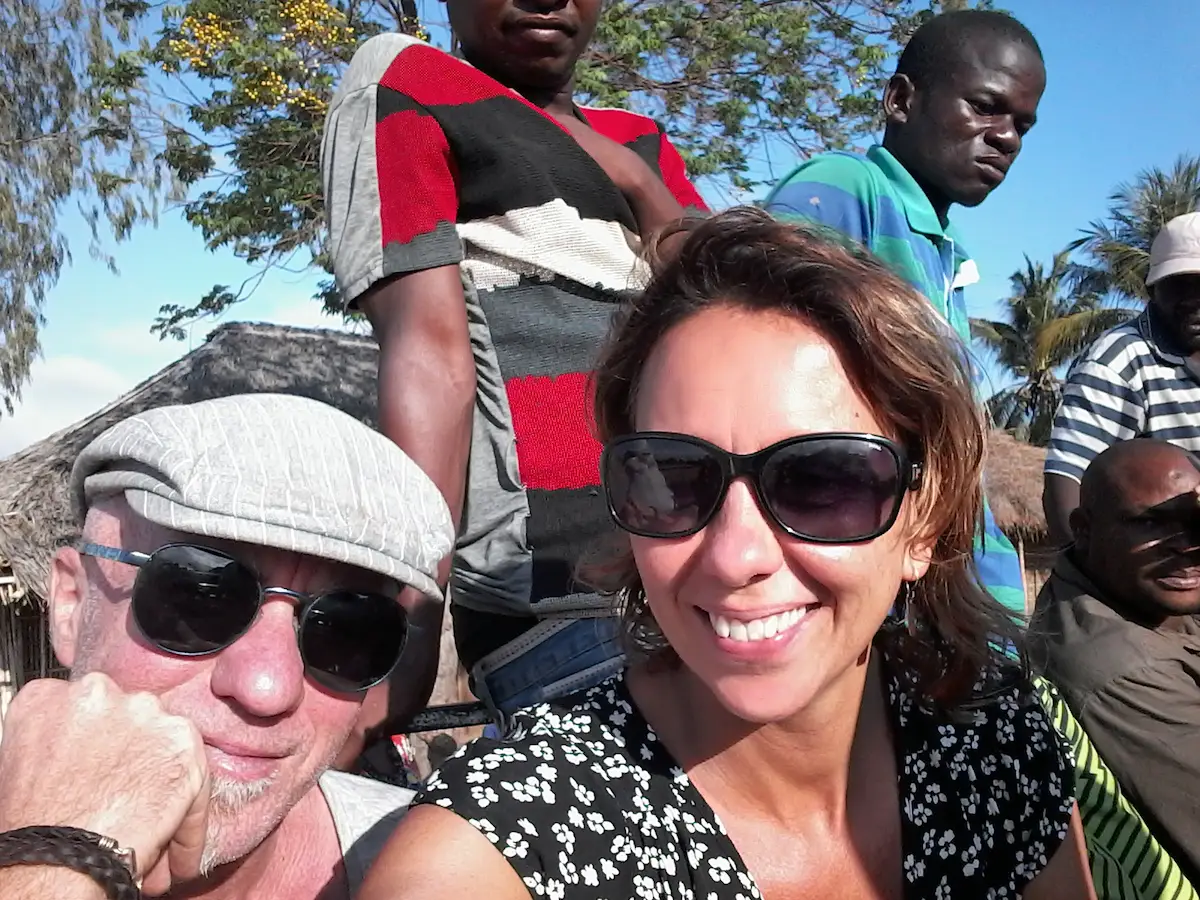
In Mozambique local transport is surprisingly on time. So, if you are late for the big buses leaving south at 4 am in Vilanculos, bad luck, they’ll be gone. The big long distance buses are reasonably comfortable though you will often have to climb over many bags and packages and have to bear the very loud music which Mozambicans love. The louder, the better.
Count in some pretty dreadful B movies, but hey, you’ll have TV in the bus! This is not Hollywood… But if you’re not afraid of a bit of adventure it’s definitely a local experience to travel (part of your trip) by local bus. I help you arrange it!

Mozambique is full of beautiful baobab trees. These giant ‘Trees of Life’ are sometimes more than 2,000 years old.

Did you know that the fruits of the baobab are very rich in Vitamin C antioxidants and high in magnesium, calcium (calcium – good for bones and teeth) and potassium? The pulp or juice of the fruit – called malambe – is a super healthy drink; a natural super food. In local markets or along the road in Mozambique you can buy the fruit anywhere for very little money. In some accommodations such as the Bahia Mar Hotel in Vilanculos it is also served at the breakfast buffet. Enjoy!
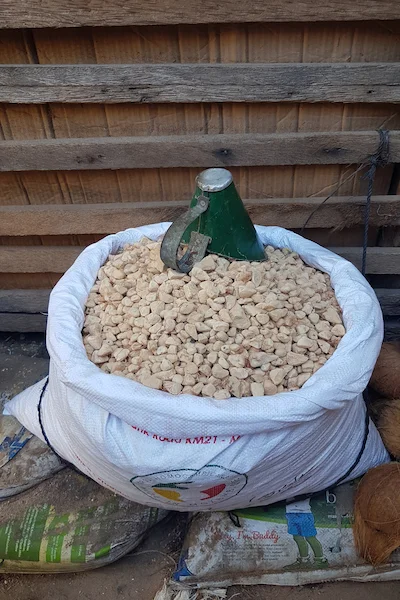
6. Spotting the majestic humpback whales on their migration
Mozambique is an important migration route for humpback whales. These largest mammals of the sea travel thousands of kilometers to migrate during cold the winter months in Antarctica (June – September), to the warmer waters of the Indian Ocean.
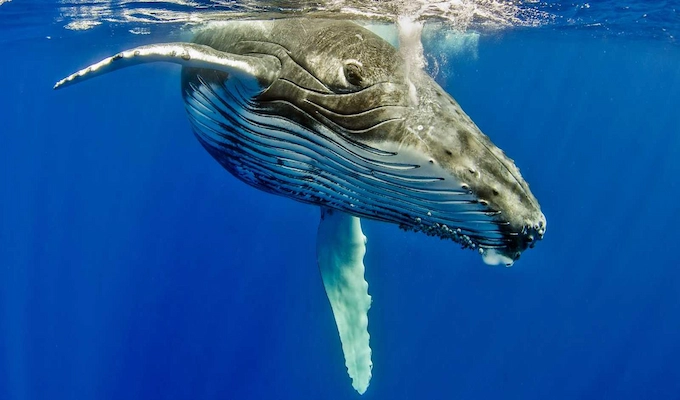
Here, they come to rest, mate and have their babies, allowing the calves to thrive in the warm waters before making the great migration back. I did whale watching before I came to Mozambique but it’s always spectacular to witness these magnificent creatures with their calves, so close up. I went on a whale watching tour with my parents in 2022, and it was spectacularly beautiful.
In Tofo Beach you can participate in a very special educational whale tour, where you can even swim with them. This is really a unique experience.
The Bazaruto Archipelago is awesome. It was Mozambique’s first maritime national park and consists of 5 islands: Bazaruto, Benguerra, Magaruque, Santa Carolina and Bangue – spanning an area of 70 kilometers. It has a rich history and is of great ecological value with an extraordinary biodiversity. Some of the islands are still inhabited by the local communities, who live mainly from fishing. From the air, the Bazaruto Archipelago is a dazzling picture. Explore its scenic wonders by helicopter and book a scenic flight or helicopter transfer to one of the islands with me!
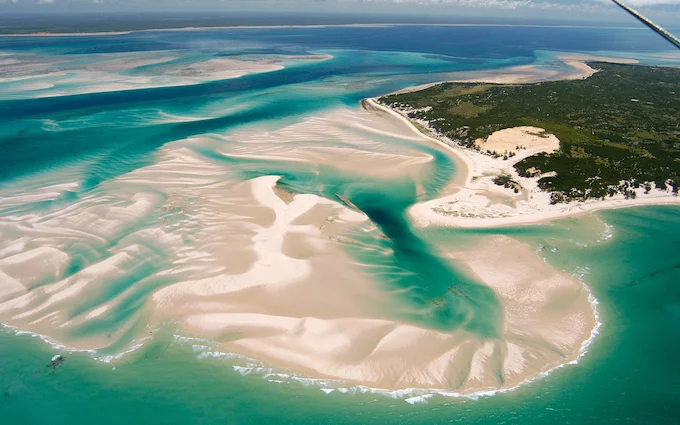
8. Visit Praia das Pescadores (fishing market) in Maputo
This is a true insider tip and a place that very few tourists visit. The fish market north of downtown Maputo – not the central fish market – is a particularly local spot where you can buy the freshest of fish and seafood for very reasonable prices and then have it cooked for you in one of the neighbouring shacks! The local ‘mamas’ here cook like no other and, accompanied with an ice cold 2M (local beer), this is a great local experience.
